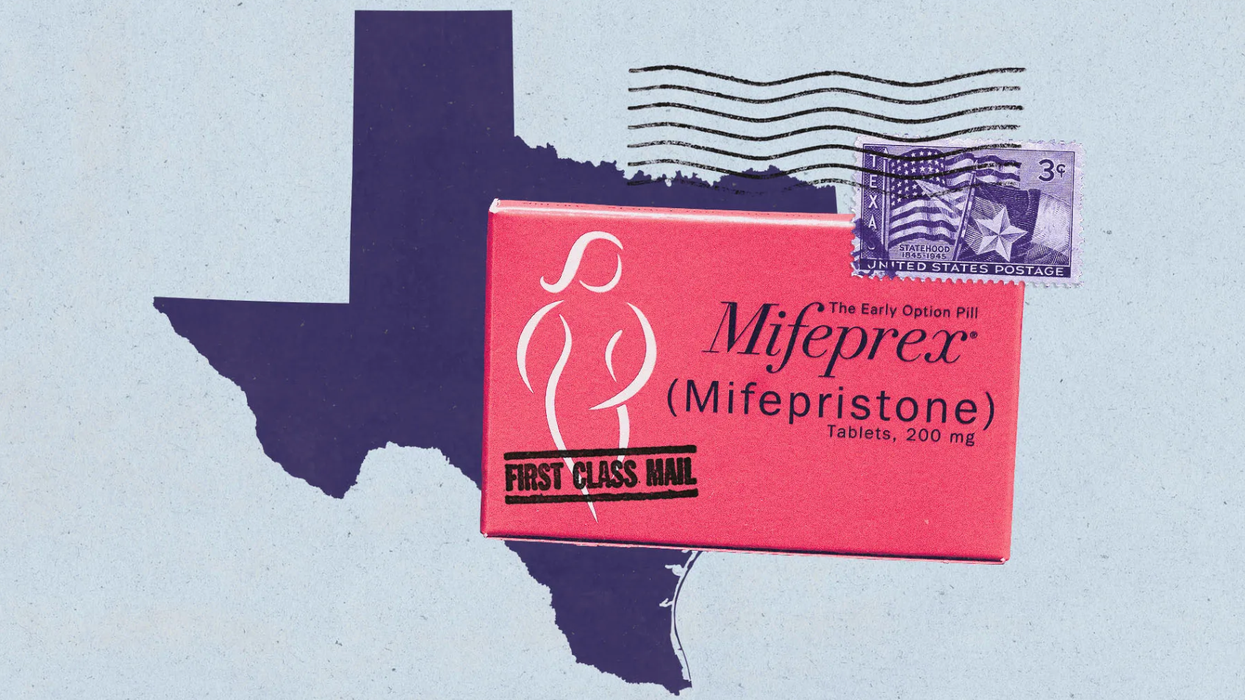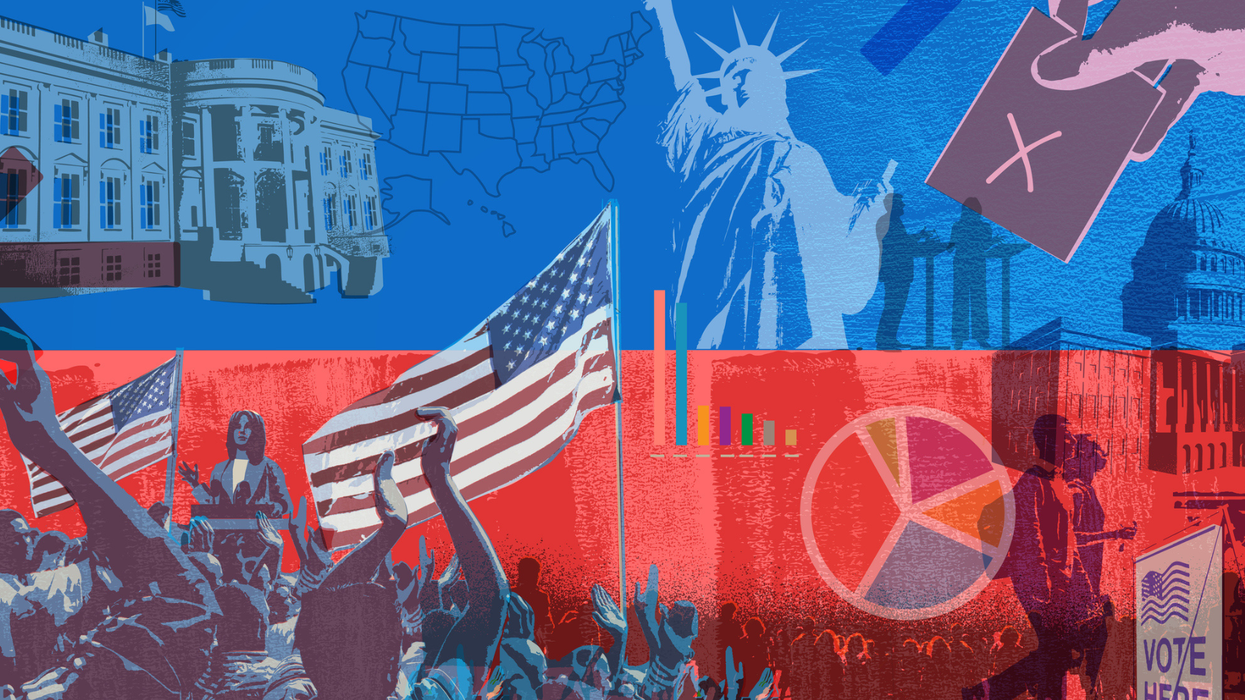Long is a senior strategic communications consultant with public, private, and not-for-profit experience. She holds a doctorate in Political Science and a Master of Public Health.
Food security is fundamental to every aspect of human welfare. The inability to consistently access sufficient, nutritious food leaves us harmed as well as hungry. This harm is exponential for children. For them, food insecurity lays its hands on every aspect of their current welfare and leaves damaging fingerprints on their future physical, mental, and social health outcomes.
Despite knowledge of this harm, America lacks clear national consensus regarding the government’s responsibility to provide meals to children – even meals provided while they fulfill states’ compulsory school attendance. Most agree food should be available during school hours, but everything about the terms of that availability remains a matter of running technical and ideological debate. That debate has become especially intense in 2023 with America’s lack of consensus evolving into mutually exclusive positions at loggerheads in current federal nutrition programs and budget negotiations. Even if the negotiations reach some resolution that can pass, America will still lack consensus and America’s child nutritional inequity will continue to grow.
America’s range of active school meal debates is both broad and deep. Technical debates include those over the type of food currently subsidized or served for school meals, such as those regarding the appropriateness of significant meat and dairy allocations from the USDA Food and Bonus USDA Food Programs or the conversion of those allocations into processed foods. Ideological debates include those interpreting what if any relationship exists between U.S. Constitutional references to the general welfare (Preamble and Article I Section 8) and child nutrition, such as those regarding the role of government in countering the nutritional impact of social structural inequalities such as 50 years of stubbornly consistent poverty rates. Demonstrating the problem of consensus is the fact that even technical debates are often not just differences over ideal management options but quick segways into sensitive ideological debates. For example, discussions regarding food service management companies ’ (FSMCs) post-1970s involvement in school meal programs and their relationships with food processors may begin with technical evaluations of cost effectiveness and service efficiency but quickly devolve into the appropriateness of government service privatization, especially programs regarding child welfare.
School meal debates are often divisive and devolve into very sensitive ideological debates because they merge sensitive child welfare with issues with high-stake political interests in welfare programs and budget allocations. Not only do the federal government’s nutrition programs represent the largest title of the Farm Bill’s 12 titles along with billions in current and projected budgetary outlays, but they are primarily focused on America’s most vulnerable citizens. This divisiveness intensified with the end of the federal government’s short-lived pandemic waiver that supported the provision of universal free school meals to all children, regardless of their households’ qualification. Although not intended to be permanent, the waiver’s end brought the issue of school meals to a polarized head. One side aligned around the institutionalization of universal, nutritious free school meals for all children as an essential public good. The other aligned against even the remaining approximation for universal school meals – the Community Eligibility Program (CEP) – as unjustifiable government overreach and excessive expenditure vulnerable to fraud.
Adding stress to this polarized tension is the contentious 2023 budget and 2023 Farm Bill negotiations. Child nutrition programs (CNPs) – including school breakfast and lunch programs – currently represent over 75% of Farm Bill allocations. Registered recipients have grown since the onset of Covid and increasing food inflation. Although this nutrition-agricultural combination has been portrayed as offering common ground between very disparate interests, especially urban and rural interests, that common ground is eroding. As programs grow in size, budget, and qualifying participants, program opponents aim to add qualifying requirements and cut funding exemplified by the new terms placed on Supplemental Nutrition Assistance Program (SNAP, or food stamps) during the 2023 deficit negotiations and the deep 2023 budget cuts proposed by the Republican Study Committee (the House of Representatives’ largest voting block).
These debates and mounting tension have failed to capture the underlying problem of school meals in America. That underlying problem is not so much America’s lack of consensus about school meals but instead America’s fundamental disagreement about what exactly food means for the country and those in it – including children. Is food an essential public good or a market good? The pandemic-era waiver for universal nutritious school meals brought American debates to a polarized head because it recognized food as an essential public good for all children and essentially recognized government’s responsibility to provide for children’s nutritional welfare. Reverting to a more market-oriented approach in which minimal government intervention is used only to supplement market failures, such as children’s inability to access sufficiently nutritious food, will obviously create problems. The waiver may have ended, but its short duration solidified support for this public good approach as well as a market-based pushback.
The outcome of the 2023 Farm Bill nutritional program negotiations and federal budgetary battles will not settle whether America handles food and nutrition as a food or market good. The issue is instead working itself out on a state-by-state basis. What often isn’t highlighted in coverage of school meal debates is that America does not have a single approach to school meals: the federal government does not directly manage American school meal programs but provides states with qualified funding, leaving many details to states that then leave daily management to school districts. As a result, there is no single American approach to school meals. States differ on issues as broad as whether they mandate school districts maintain federally-backed breakfast or lunch programs, if they incorporate local food systems into meal programs, and how they handle school children’s meal debt. The breadth of this variation is outlined in the Food Research & Action Center’s annual tracking of each state’s school meal policies. These are not just technical differences. They are also ideological, with several states having already passed legislation for universal nutritional school meals for all children while other stats maintaining no specific policies related to mandatory school meal programs.
The resulting variation between states – and even school districts or schools within states – is a local resolution to the lack of national consensus. In states such as Massachusetts, all children have access to universal, nutritious school meals. In states such as Maine, schools must provide children with a meal even if they have accrued debt from past meals. And in states such as Mississippi, schools have no mandates to participate in public breakfast or lunch programs. This variation is not too concerning for families able to move based on state policies. But it is a broad social problem because it increases America’s child nutritional inequity.


















